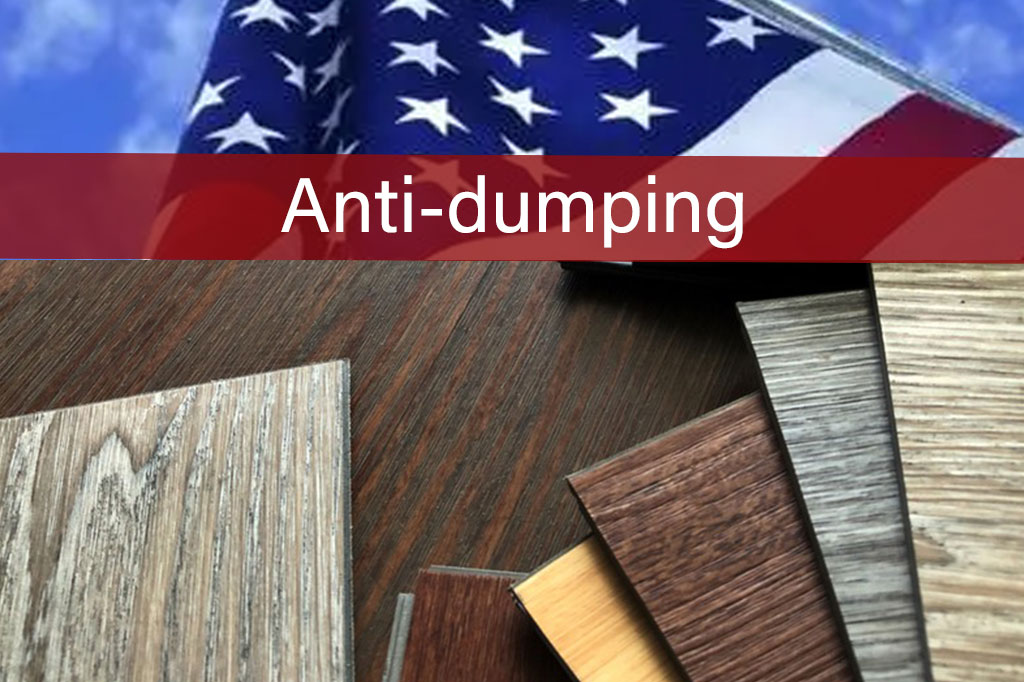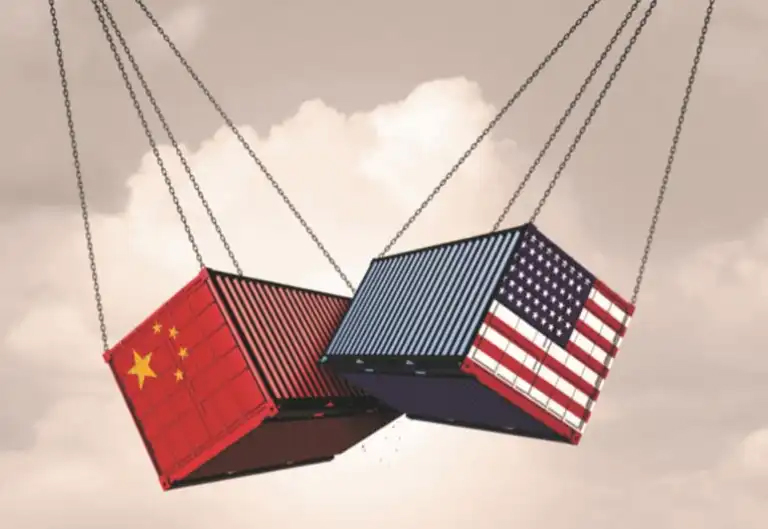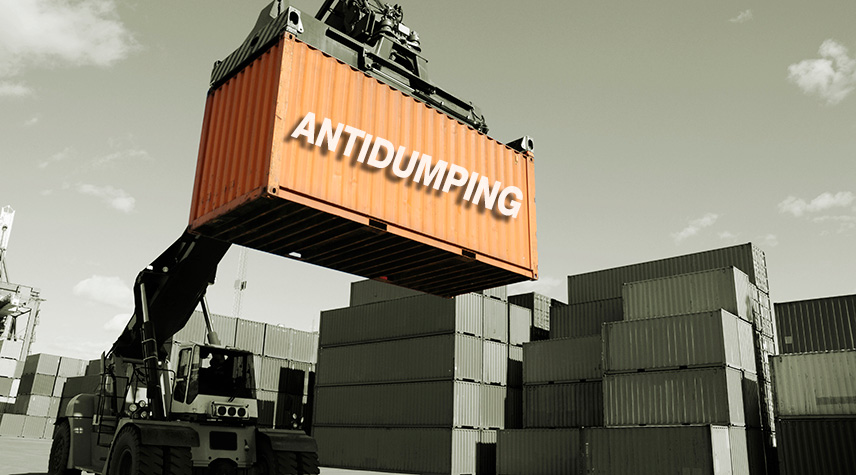In recent years, there has been a significant increase in the import of multi-layer flooring, especially from China, in the global flooring market. While this influx offers consumers a wide array of choices, it has also sparked concerns among domestic manufacturers, leading to the implementation of anti-dumping measures by several countries, including the United States and the European Union.
- Factors Contributing to Anti-Dumping
- Anti-dumping wood flooring types
- Anti-dumping countries
- Anti-dumping solutions
Table of Contents
ToggleFactors Contributing to Anti-Dumping Actions:
Several factors may contribute to the imposition of anti-dumping duties on engineered wood flooring products:
Price Discrepancies: Significant disparities between the prices of imported engineered wood flooring and those of domestic products may raise concerns about unfair competition.
Subsidies and Government Support: Substantial government subsidies or support for the production and export of engineered wood flooring can distort market prices and trigger anti-dumping investigations.
Market Share and Impact on Domestic Industry: A surge in imports of engineered wood flooring from specific countries may threaten the market share and profitability of domestic manufacturers, prompting anti-dumping measures.

The Types of Anti-dumping Wood Flooring
Anti-dumping measures have been applied to various types of wood flooring products imported from different countries, depending on market conditions and trade dynamics. Some of the common types of wood flooring that have been subject to anti-dumping investigations and measures include:
Engineered Wood Flooring (Multi-Layer Flooring):
Engineered wood flooring, also known as multi-layer flooring, consists of layers of wood veneer glued together to create a durable and stable product. This type of flooring has faced scrutiny in numerous anti-dumping cases, particularly when imported from countries with large-scale production capacities such as China.
Solid Wood Flooring:
Compared to engineered wood flooring, it is often more expensive to produce. Despite its higher cost, solid wood flooring has also been the subject of anti-dumping investigations in certain markets.
Laminate Flooring:
While laminate flooring is generally more affordable than solid wood flooring, it has faced anti-dumping scrutiny in various regions, especially when imported from countries with significant production capacities.
Bamboo Flooring:
The popularity of bamboo flooring has increased thanks to its environmentally friendly characteristics and attractive appearance. However, like other types of wood flooring, it has also been the subject of anti-dumping investigations, particularly when imported from countries with dominant market shares.
SPC Flooring (Stone Plastic Composite):
While not technically wood flooring, SPC flooring has gained traction in the market due to its durability, water resistance, and ease of maintenance. However, like other flooring types, it has also faced anti-dumping scrutiny in certain regions.

Countries Implementing Anti-Dumping Duties
Based on the most recent data, both the United States and the European Union have enacted anti-dumping measures on Chinese flooring imports. These measures are in place to protect domestic industries from what is perceived as unfairly low-priced imports due to subsidies or below-market pricing strategies by Chinese manufacturers.
United States:
Has specific anti-dumping and countervailing duty rates set for various Chinese companies involved in the production and export of engineered wood flooring?
The anti-dumping duty rates for multilayered (or engineered) wood flooring imported from China to the USA vary. Most producers face a countervailing duty rate of 20.75%. However, there are specific rates for some companies; for instance, Baroque Timber has a rate of 14.09%, and Jiangsu Guyu faces a much higher rate of 122.92%. (Trade.gov)
Canada
Canada’s anti-dumping tax rate on Multilayered Wood Flooring imported from China is currently set at 9.93% according to the latest update from the Canada Border Services Agency. This rate applies to imports under tariff codes which include multiple categories of multilayered wood flooring (CBSA – ASFC).
European Union:
The European Union imposes anti-dumping duties on various imported goods, including composite solid wood flooring from China, to counteract unfairly low pricing that could harm EU industries. The specific duty rates for these products are determined based on the investigation’s findings regarding the extent of dumping and injury to EU producers.
The anti-dumping duties can be in the form of ad valorem duties, which are percentages of the product’s CIF (cost, insurance, and freight) price at the EU border, specific duties per tonne, or variable duties based on a minimum import price (MIP). These duties aim to equalize the price of imported goods with their normal value, preventing market distortion within the EU(EU Trade).

Navigating Anti-Dumping Measures
To mitigate the impact of anti-dumping duties and maintain access to international markets, China-based engineered wood flooring manufacturers can consider the following strategies:
Re-Export Trade
Re-export logistics is the most convenient and safe way. Exporters can circumvent anti-dumping duties effectively by altering the country of origin through re-exportation to a third country.
We can first transport the goods to a third country (Malaysia, Sri Lanka, Philippines, Singapore, Taiwan, Thailand, Indonesia, etc.).
After the goods arrive in the third country, they will be changed into containers in the bonded area/factory, and a certificate of origin from the third country will be issued, and then the goods will be shipped to the third country.
Export to the port of destination in the name of a third country, and the destination country clears customs with a complete set of documents from the third country (bill of lading, certificate of origin, commercial invoice, packing list, etc.), so that the destination country’s anti-dumping duties against China can be circumvented.
Compliance and Transparency
Regular Monitoring: Stay updated with the latest regulations and requirements in both the home country and target markets. This involves keeping track of modifications in trade policies and anti-dumping levies.
Record Keeping: Maintain meticulous records of costs, pricing, and sales data. This transparency can be crucial if your company needs to respond to investigations or prove that it is not engaging in dumping.
Product Differentiation
Unique Offerings: Differentiate your products from those offered by competitors. This can involve enhancing product quality, incorporating innovative features, or improving service offerings.
Branding: Strong branding can distinguish your products in the market, potentially reducing the risk of being targeted by anti-dumping measures, as differentiated products are less likely to be viewed as directly competitive with domestic products.
Diversification of Markets
Expanding Markets: Reduce dependence on any single market by entering new geographical areas. This diversification can mitigate the impact if anti-dumping duties are imposed in one market.
Alternative Markets: Identify and develop markets that have lower risks of anti-dumping actions, especially those countries with friendly trade relations or without such protective measures.
Establishing Overseas Factories
Manufacturing goods in the country where they are sold can circumvent anti-dumping duties that are typically imposed on imported goods. This can make the products more price-competitive and eliminate the risks of anti-dumping investigations.
Joint Ventures with Local Companies
By pooling resources, including technology, expertise, and capital with a local partner, companies can leverage their strengths for mutual benefits and shared risks.
Beyond immediate financial and operational benefits, joint ventures can form strategic alliances that help in lobbying against unfavorable trade measures and influencing local trade policies.
In the face of severe global market economic challenges, we must also be actively prepared. Trade will continue despite the significant barriers imposed by other parties. There are always more solutions than difficulties. The trend of economic globalization is irreversible. Only those who persevere can break it!

